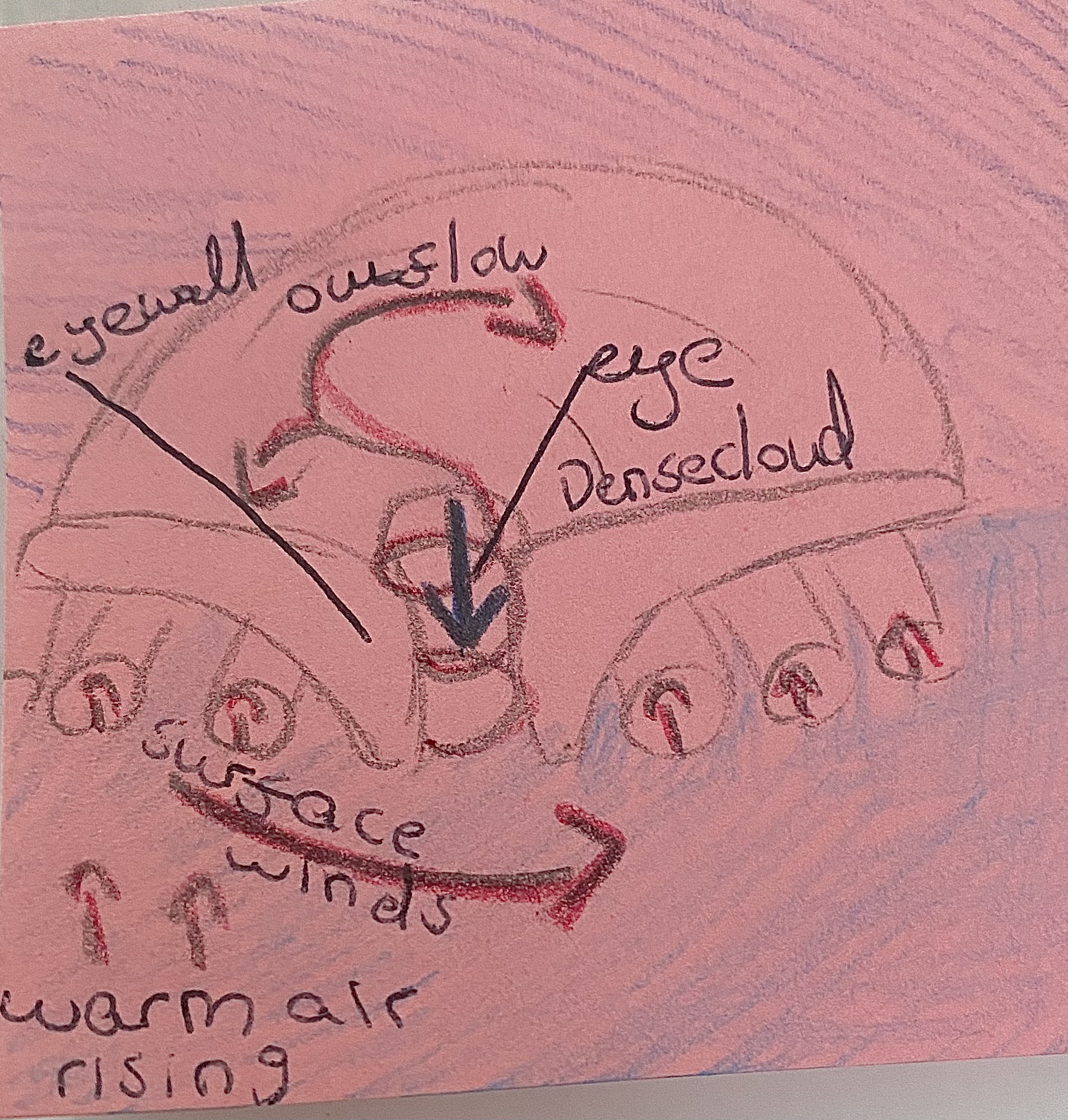Ch. 31 Significant Weather Events
1/3
There's no tags or description
Looks like no tags are added yet.
Name | Mastery | Learn | Test | Matching | Spaced |
|---|
No study sessions yet.
4 Terms
Identify and explain a short bit on the two main weather systems.
An anticyclone is a high-pressure air mass. Air moves clockwise out from the centre, shown using widely spaced isobars, where as a depression is a low-pressure air mass. Air moves anticlockwise into the centre, shown using closely spaced isobars.
Describe the formation and behaviour of anticyclones.
Anticyclones form when cold air descends, warming as it falls. This warm air absorbs moisture, leading to clear skies and dry conditions. Winds are light, air pressure is high, and temperatures are high in summer and low in winter.
Describe the formation and behaviour of depressions.
Depressions form when warm subtropical air meets cold polar air around 60° latitude. The warm air rises over the cold air, leading to cloud formation and heavy, frontal rain. Winds are strong, air pressure drops, and temperatures rise before falling again.
Describe in detail how a hurricane forms with a labelled diagram.
Hurricanes form off the west coast of Africa between 8° and 20° north, where warm ocean waters (26°C or more) and trade winds meet. Warm, moist air rises, cools, and condenses, releasing heat that powers the storm. The Coriolis effect causes it to spin, and once winds reach 119 km/h, it becomes a hurricane. The calm eye is surrounded by the violent eye wall with winds over 250 km/h. Storm surges and heavy rain cause major coastal damage. As hurricanes move north, they lose energy and become extra-tropical storms.
